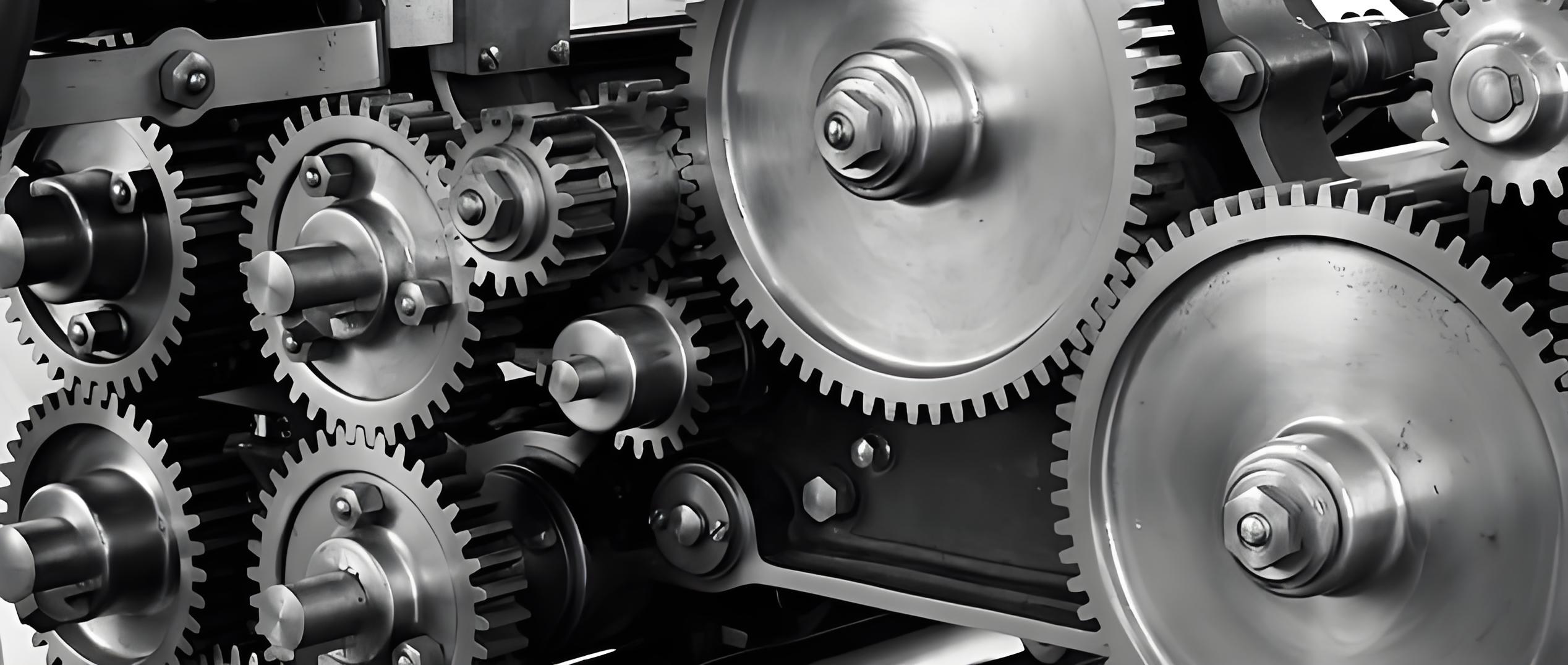Load distribution in spur gear is a critical factor that influences their performance, efficiency, and longevity. Uneven load distribution can lead to premature wear, noise, and even gear failure. Optimizing load distribution ensures that the gear teeth share the load uniformly, enhancing the gear’s operational life and performance. This article explores various techniques and considerations for optimizing load distribution in spur gear.

Introduction
Spur gear is widely used in mechanical systems due to their simplicity and effectiveness in transmitting power between parallel shafts. However, the efficiency and durability of these gears are highly dependent on how the load is distributed across spur gear teeth. Uneven load distribution can cause localized stress concentrations, leading to excessive wear and failure. This article discusses methods to optimize load distribution, including gear design considerations, manufacturing precision, and advanced analysis techniques.
Factors Affecting Load Distribution
Several factors influence load distribution in spur gear, including tooth profile, gear alignment, material properties, and manufacturing accuracy. Understanding these factors is essential for optimizing load distribution.
Tooth Profile
The tooth profile determines how the load is transmitted between gears. Involute profiles are commonly used due to their ability to maintain constant pressure angles and smooth power transmission. Modifications to the standard tooth profile, such as profile shifting or crowning, can improve load distribution.
| Tooth Profile Modification | Effect on Load Distribution |
|---|---|
| Standard Involute | Uniform load distribution |
| Profile Shift | Alters load distribution, reduces stress concentrations |
| Crowning | Compensates for misalignment, enhances load sharing |
Profile shifting and crowning can significantly improve load distribution by reducing stress concentrations and accommodating misalignments.
Gear Alignment
Proper alignment of spur gear is crucial for uniform load distribution. Misalignment can cause uneven load sharing, leading to increased wear and noise. Ensuring precise alignment during installation and operation is essential.
| Alignment Condition | Effect on Load Distribution |
|---|---|
| Perfect Alignment | Optimal load distribution |
| Parallel Misalignment | Uneven load distribution, increased wear |
| Angular Misalignment | Localized stress concentrations, potential failure |
Regular maintenance and precise installation techniques are necessary to maintain proper gear alignment and optimize load distribution.
Material Properties
The material properties of spur gear, including hardness, elasticity, and toughness, influence how the load is distributed across the gear teeth. Using materials with appropriate properties can enhance load distribution and gear performance.
| Material Property | Effect on Load Distribution |
|---|---|
| High Hardness | Improved wear resistance, better load sharing |
| High Elasticity | Absorbs shocks, distributes load more evenly |
| High Toughness | Reduces risk of failure under high loads |
Selecting materials with the right balance of hardness, elasticity, and toughness is crucial for optimizing load distribution.
Techniques for Optimizing Load Distribution
Precision Manufacturing
Advanced manufacturing techniques, such as CNC machining and additive manufacturing, offer high precision in spur gear production. These methods ensure that gear teeth are accurately shaped and aligned, leading to improved load distribution.
| Manufacturing Technique | Precision Level | Effect on Load Distribution |
|---|---|---|
| Traditional Machining | Moderate | Variable load distribution |
| CNC Machining | High | Uniform load distribution |
| Additive Manufacturing | High | Customizable, precise load distribution |
Precision manufacturing reduces variability in spur gear dimensions, resulting in more consistent and uniform load distribution.
Advanced Analysis Techniques
Finite Element Analysis (FEA) and other advanced computational methods enable detailed analysis of load distribution in spur gear. These techniques help identify stress concentrations and optimize gear design.
| Analysis Technique | Application | Benefit |
|---|---|---|
| Finite Element Analysis (FEA) | Stress analysis | Identifies stress concentrations, guides design modifications |
| Contact Mechanics | Load distribution analysis | Ensures uniform load sharing, reduces wear |
| Dynamic Simulation | Performance under load | Evaluates real-world performance, optimizes design |
Using advanced analysis techniques allows for precise optimization of load distribution, enhancing gear performance and longevity.
Surface Treatments
Surface treatments such as carburizing, nitriding, and coating can improve the surface hardness and wear resistance of spur gear, leading to better load distribution.
| Surface Treatment | Effect on Load Distribution |
|---|---|
| Carburizing | Increases surface hardness, reduces wear |
| Nitriding | Enhances wear resistance, improves load sharing |
| Coating (e.g., TiN, DLC) | Reduces friction, enhances durability |
Surface treatments help maintain the integrity of spur gear teeth under load, contributing to more uniform load distribution and longer gear life.
Case Studies
Several industries have successfully implemented techniques to optimize load distribution in spur gear. For example, the automotive industry employs precision manufacturing and advanced analysis to design gears that can withstand high loads and operate quietly. In the aerospace sector, the use of advanced materials and surface treatments ensures that spur gear perform reliably under extreme conditions.
Conclusion
Optimizing load distribution in spur gear is essential for enhancing their efficiency and longevity. By considering factors such as tooth profile, gear alignment, material properties, and employing advanced manufacturing and analysis techniques, it is possible to achieve uniform load distribution. Surface treatments further contribute to improved performance and durability. As technology advances, new methods for optimizing load distribution will continue to emerge, driving improvements in spur gear performance across various applications.
